
Canada Goose
Branta canadensis


Branta canadensis

Canada geese were introduced to New Zealand in the 20th century for recreational hunting. The Canada goose is a large, introduced waterfowl species in New Zealand. With its distinctive black head and neck contrasting against a light brown body, this impressive bird is a common sight near lakes and grasslands across the country.Their population has since grown significantly, particularly in the South Island.
1. Large size with black head and neck, contrasting white chinstrap
2. Light brown body with darker wings and white underbelly
3. Often seen in flocks grazing on short grass near water bodies
Canada geese form long-term pairs and nest from September to October. They're protective parents, with both adults guarding their goslings until they can fly at about 8-9 weeks old. These adaptable birds have thrived in New Zealand, leading to population control measures in some areas to manage their impact on lakeside pastures.
Look for Canada geese in open grassy areas near lakes, ponds, and coastal lagoons. They're most active during daylight hours, often seen grazing on short grass or swimming in calm waters. In the South Island, they're common in pastoral areas from Marlborough to Central Otago. For the best viewing, try visiting public parks or wetlands early in the morning when they're feeding. Listen for their distinctive honking calls, which can help you locate a flock.
90 cm
5000 g
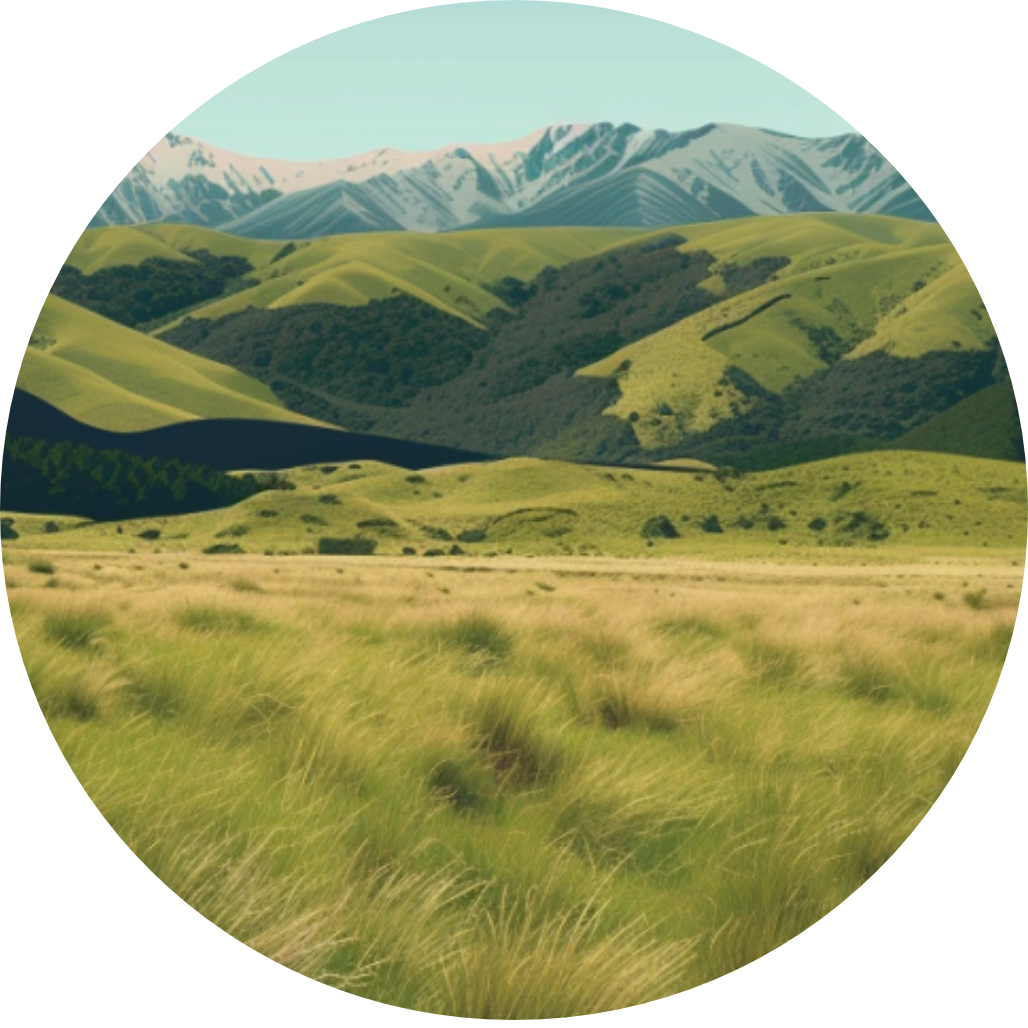
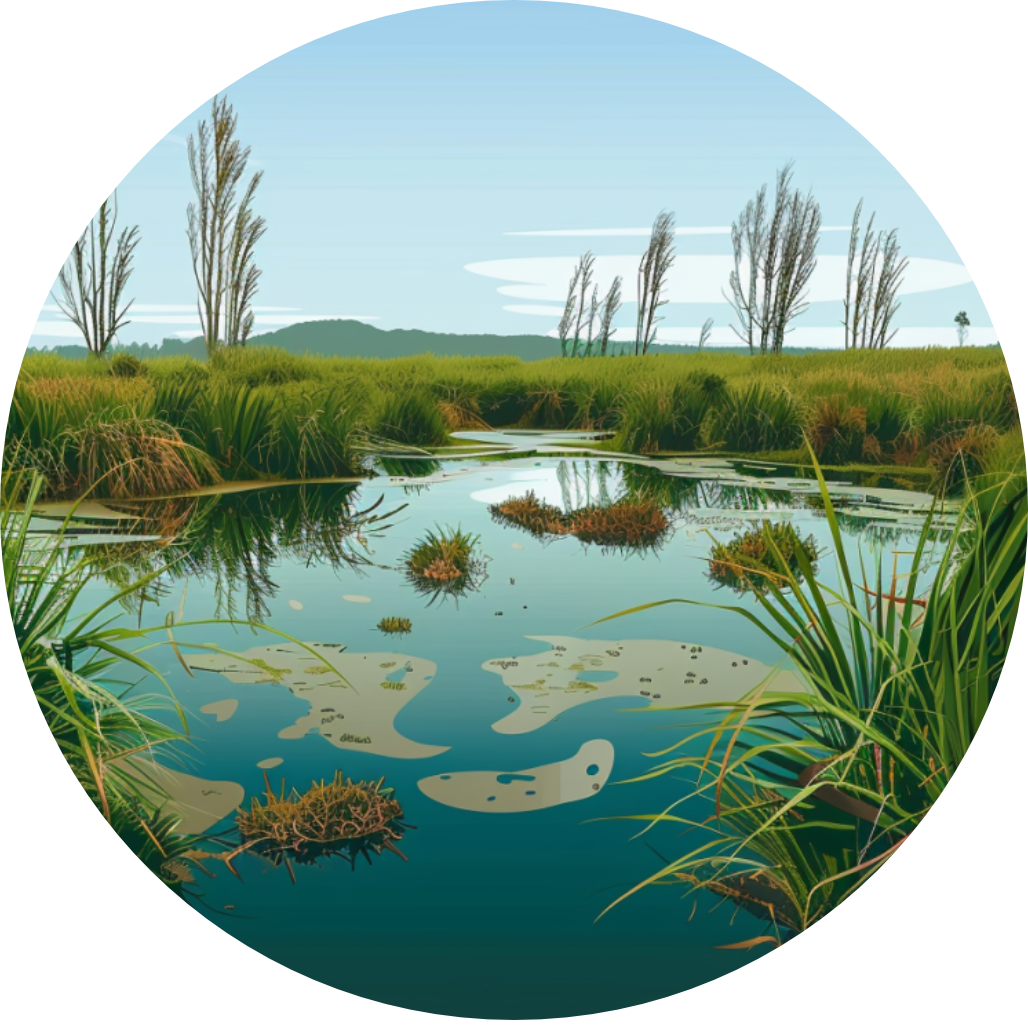
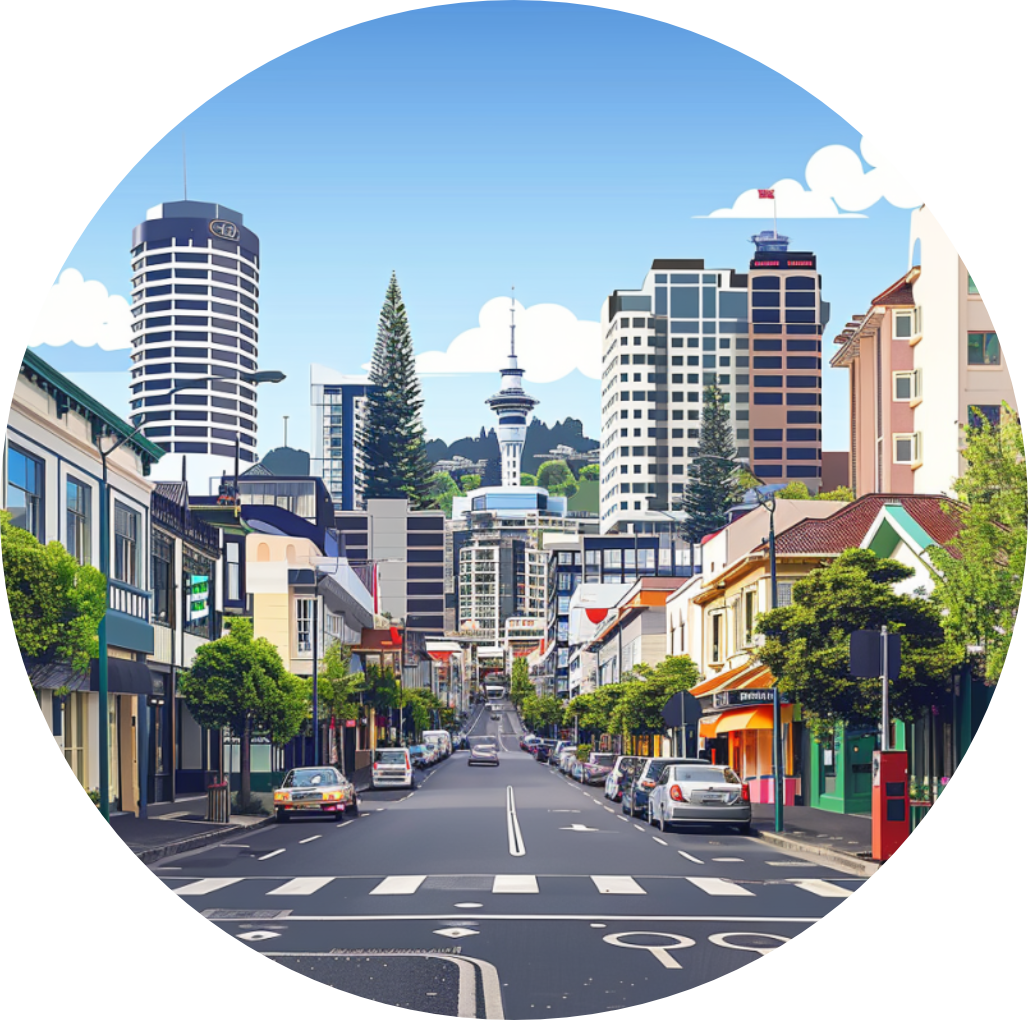
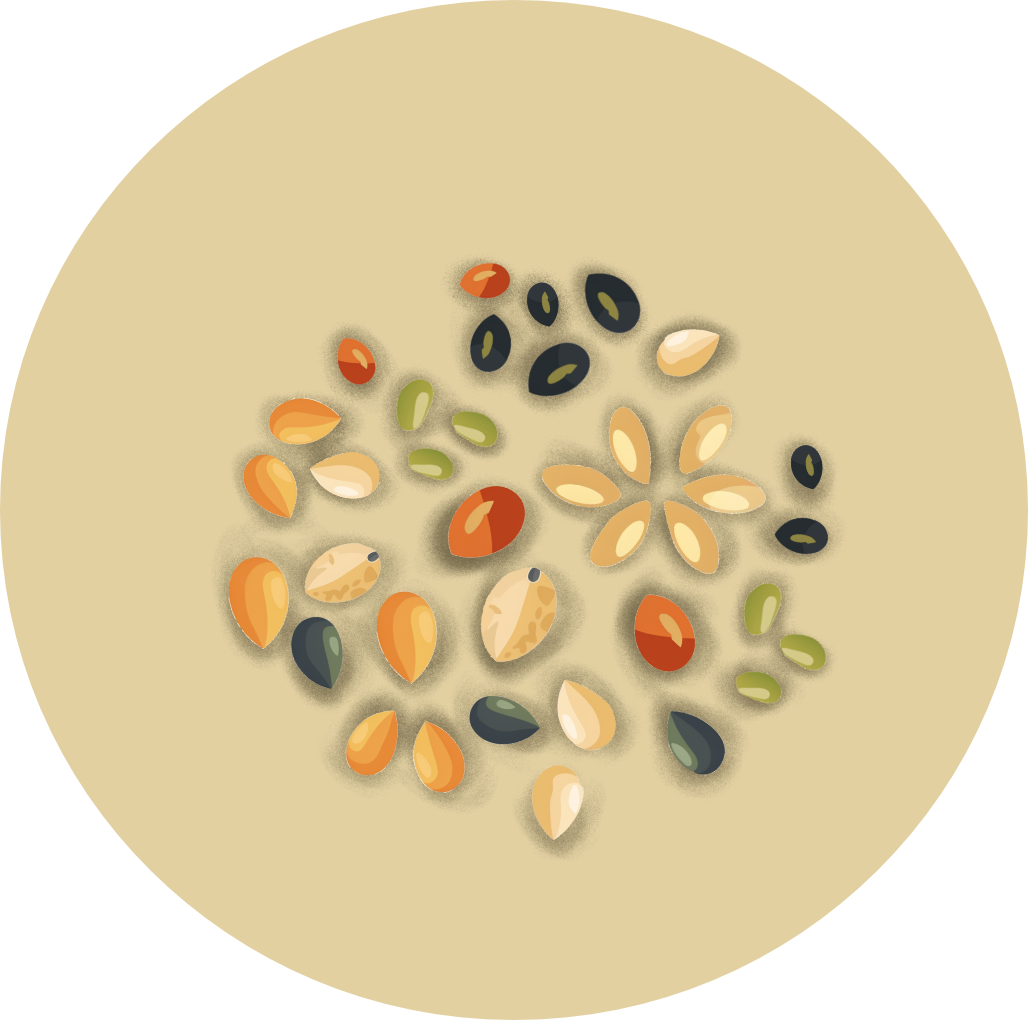
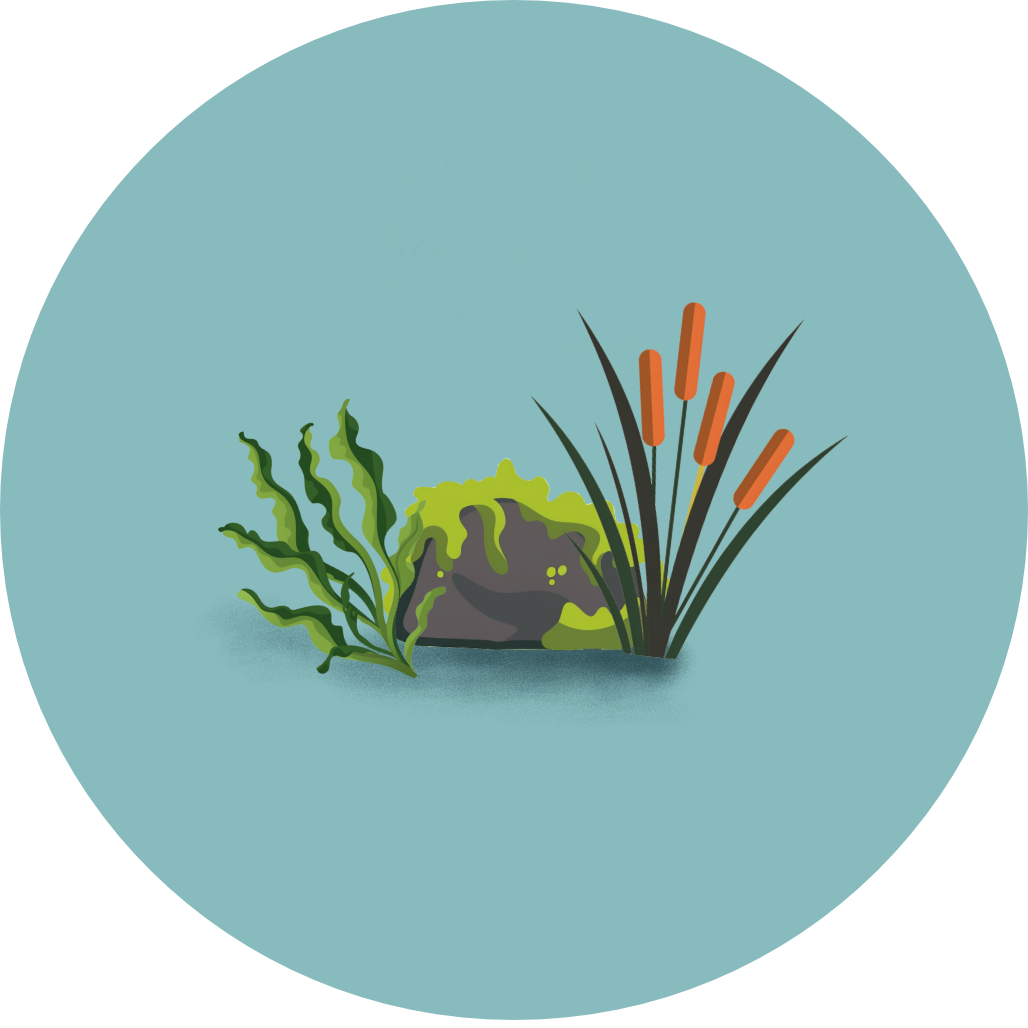
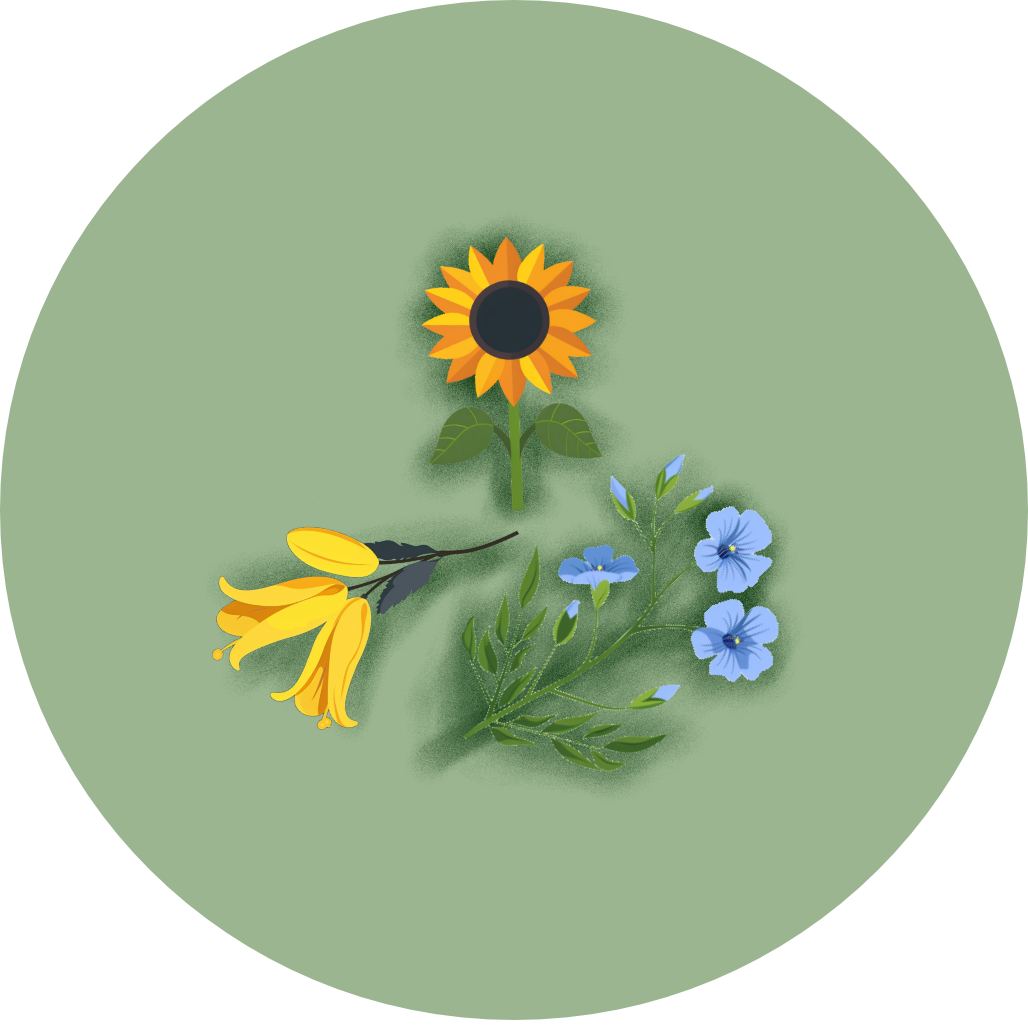
Coming Soon!
Top birding locations will be available in a future update.